How To Format External Memory Card In Android?
Formatting an external memory card on an Android device is a common task that many users need to perform for various reasons, such as clearing space, removing corrupted files, or preparing the card for use in a different device. This article will guide you through the process of formatting an external memory card on an Android device, addressing common issues and providing practical solutions.
Understanding the Need for Formatting
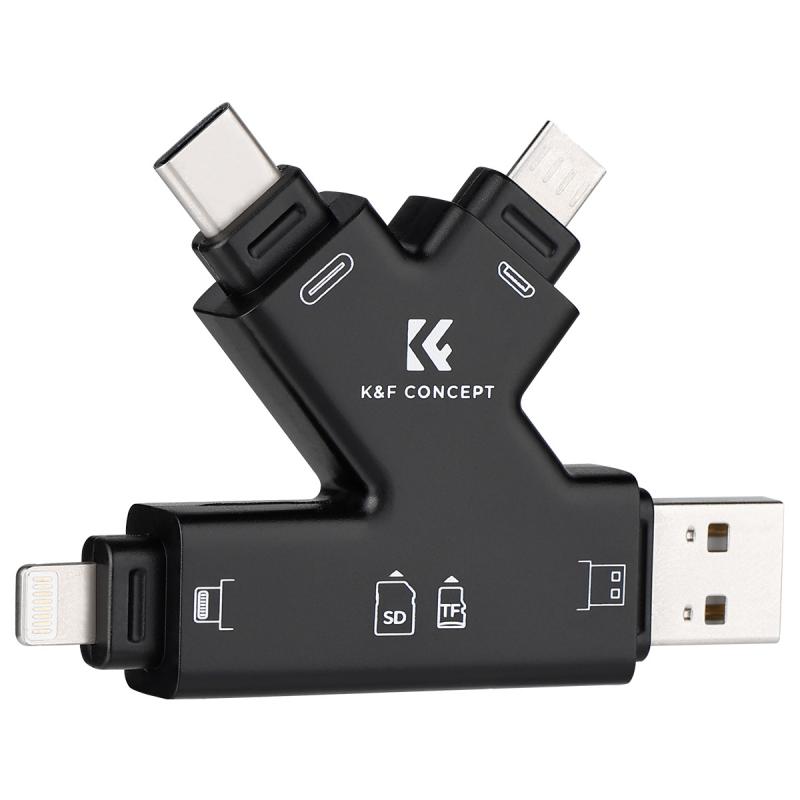
Before diving into the steps, it's essential to understand why you might need to format an external memory card:
1. Clearing Space: Over time, your memory card can accumulate a lot of unnecessary files. Formatting it can help you start fresh.
2. Removing Corrupted Files: Sometimes, files on your memory card can become corrupted, causing issues with accessing data. Formatting can resolve these issues.
3. Changing File System: Different devices may require different file systems. Formatting allows you to change the file system to one that is compatible with your device.
4. Improving Performance: A freshly formatted card can sometimes perform better than one that has been in use for a long time.
Steps to Format an External Memory Card on Android
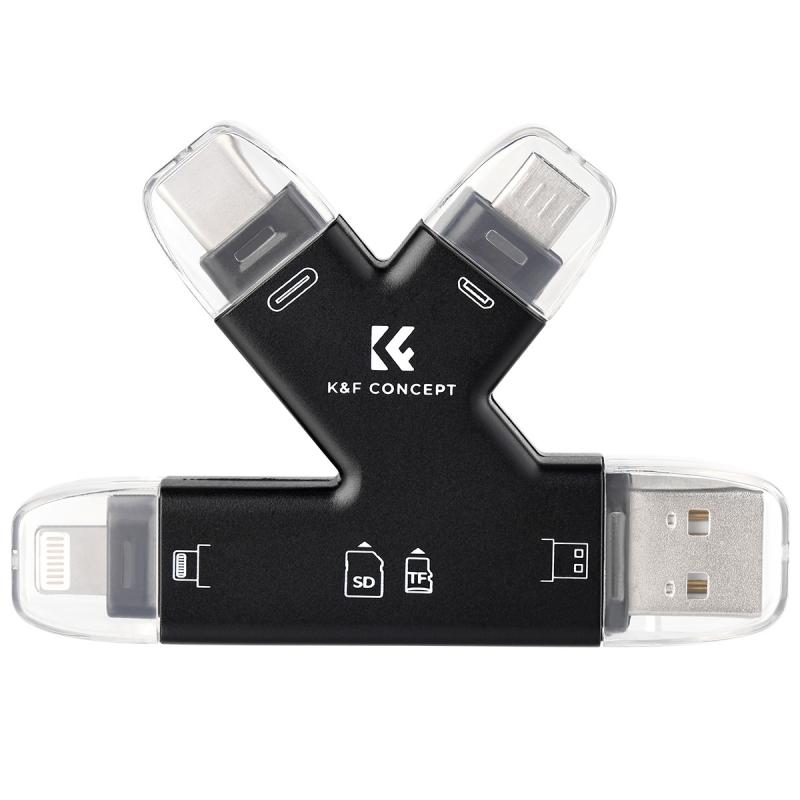
Step 1: Backup Your Data

Before formatting, it's crucial to back up any important data on the memory card. Formatting will erase all data, so ensure you have copies of any files you want to keep.
1. Connect to a Computer: Use a card reader to connect the memory card to your computer.
2. Copy Files: Drag and drop the files from the memory card to a folder on your computer.
Step 2: Insert the Memory Card into Your Android Device
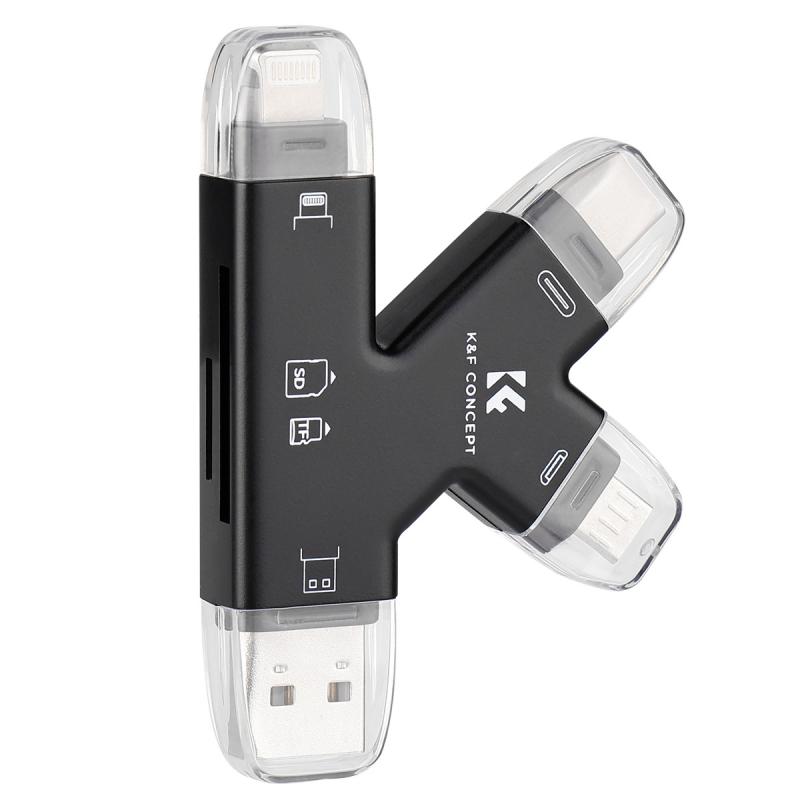
1. Power Off: Turn off your Android device.
2. Insert Card: Insert the memory card into the appropriate slot.
3. Power On: Turn your device back on.
Step 3: Access Storage Settings
1. Open Settings: Go to the 'Settings' app on your Android device.
2. Storage: Scroll down and tap on 'Storage' or 'Storage & USB', depending on your device.
Step 4: Locate the Memory Card
1. Find Card: Under the storage settings, you should see your external memory card listed.
2. Tap Card: Tap on the memory card to access its settings.
Step 5: Format the Memory Card
1. Format Option: Look for an option that says 'Format' or 'Format SD card'.
2. Confirm: You will be prompted to confirm that you want to format the card. Confirm to proceed.
Step 6: Wait for the Process to Complete
The formatting process may take a few minutes. Once it's done, your memory card will be empty and ready for use.
Troubleshooting Common Issues
Issue 1: Memory Card Not Recognized
If your Android device does not recognize the memory card, try the following steps:
1. Reinsert Card: Remove the card and reinsert it to ensure it's properly seated.
2. Check Compatibility: Ensure the memory card is compatible with your device.
3. Try Another Device: Insert the card into another device to see if it's recognized.
Issue 2: Formatting Fails
If the formatting process fails, you can try these solutions:
1. Use a Computer: Connect the memory card to a computer and format it using the computer's disk management tools.
2. Check for Write Protection: Some memory cards have a physical switch for write protection. Ensure this switch is not enabled.
Issue 3: Data Recovery
If you accidentally format your memory card and need to recover data, consider using data recovery software. There are several options available, such as Recuva or DiskDigger, which can help you recover lost files.
Best Practices for Memory Card Maintenance
1. Regular Backups: Regularly back up important data to avoid data loss.
2. Avoid Removing Card While in Use: Always unmount the card before removing it to prevent data corruption.
3. Use Quality Cards: Invest in high-quality memory cards from reputable brands to ensure reliability and longevity.
4. Keep Card Clean: Keep the memory card and its slot clean to avoid connectivity issues.
Formatting an external memory card on an Android device is a straightforward process that can help you manage your storage effectively. By following the steps outlined in this article, you can ensure that your memory card is properly formatted and ready for use. Additionally, understanding common issues and best practices can help you maintain your memory card and avoid potential problems in the future.
Whether you're clearing space, removing corrupted files, or preparing the card for a new device, formatting is a useful tool in your Android device management toolkit. Remember to back up your data before formatting and follow the steps carefully to ensure a smooth process. With these tips and guidelines, you can keep your external memory card in optimal condition and enjoy a seamless Android experience.


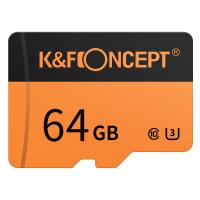

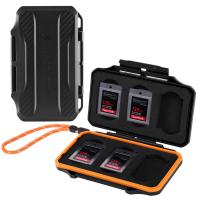
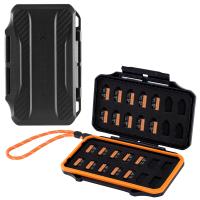


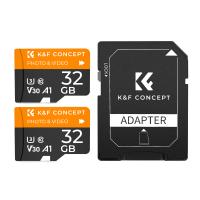






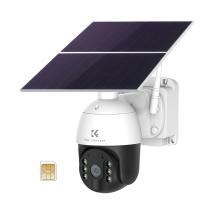







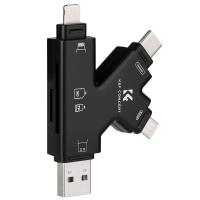


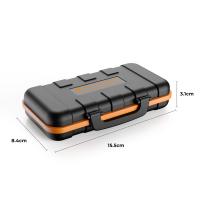
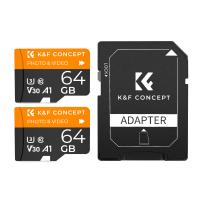








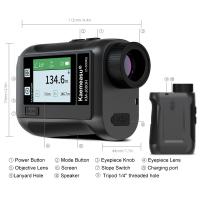



There are no comments for this blog.